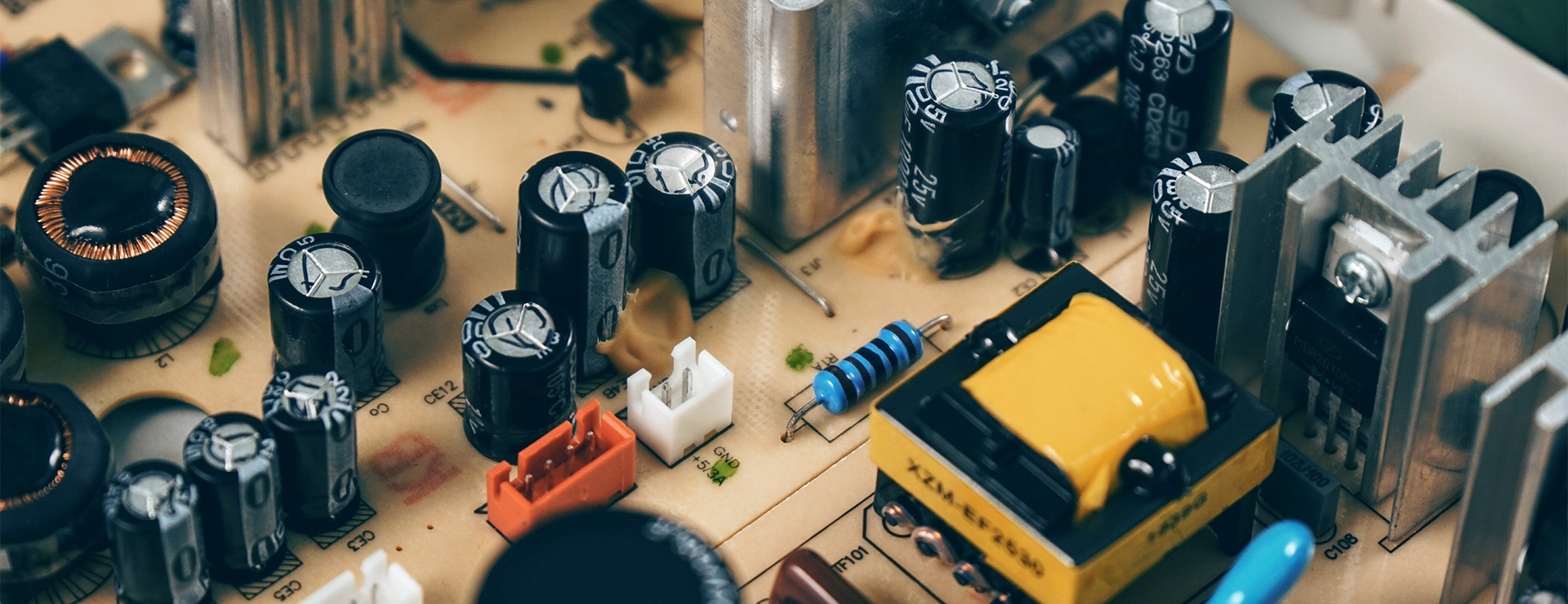NdFeB Powerful Magnet with Countersunk Hole
NdFeB countersunk hole magnets are rare earth permanent magnets with countersunk holes. Countersunk holes, many people are unfamiliar with this, in fact, you can understand the screw holes, the main purpose of the countersunk holes is to be used with the screws, to play a fixed about, and the size of the countersunk holes is best to be the same as the specifications of the screws. Usually, countersunk holes are parallel to the direction of magnetization.

Countersunk head holes provide a convenient way to securely fasten magnets to almost any flat surface using matching screws. As a result, they are convenient organizers with unlimited uses in work and life, such as magnetic door latches, magnetic tool holders, cabinet closures, magnetic lights, and many more mounting applications. Using the world's strongest and extremely cost-effective permanent magnets, NdFeB countersunk hole magnets are ideally suited and highly recommended for many applications in the home and industry, including door latches, tool holders, wall mounted artwork, and more! N35, N42, N48, and N52 are common grades of NdFeB magnets.
Countersunk pot magnets are countersunk round or square magnets encased in a steel shell. They are an upgraded version of a strong countersunk head magnet, characterized by super strong suction, very durable and super easy to install. What does neodymium iron boron countersunk hole powerful magnet mean?Countersunk pot magnets are countersunk round or square magnets encased in a steel shell. They are an upgraded version of a strong countersunk magnet, characterized by super strong suction, very durable and super easy to install.









